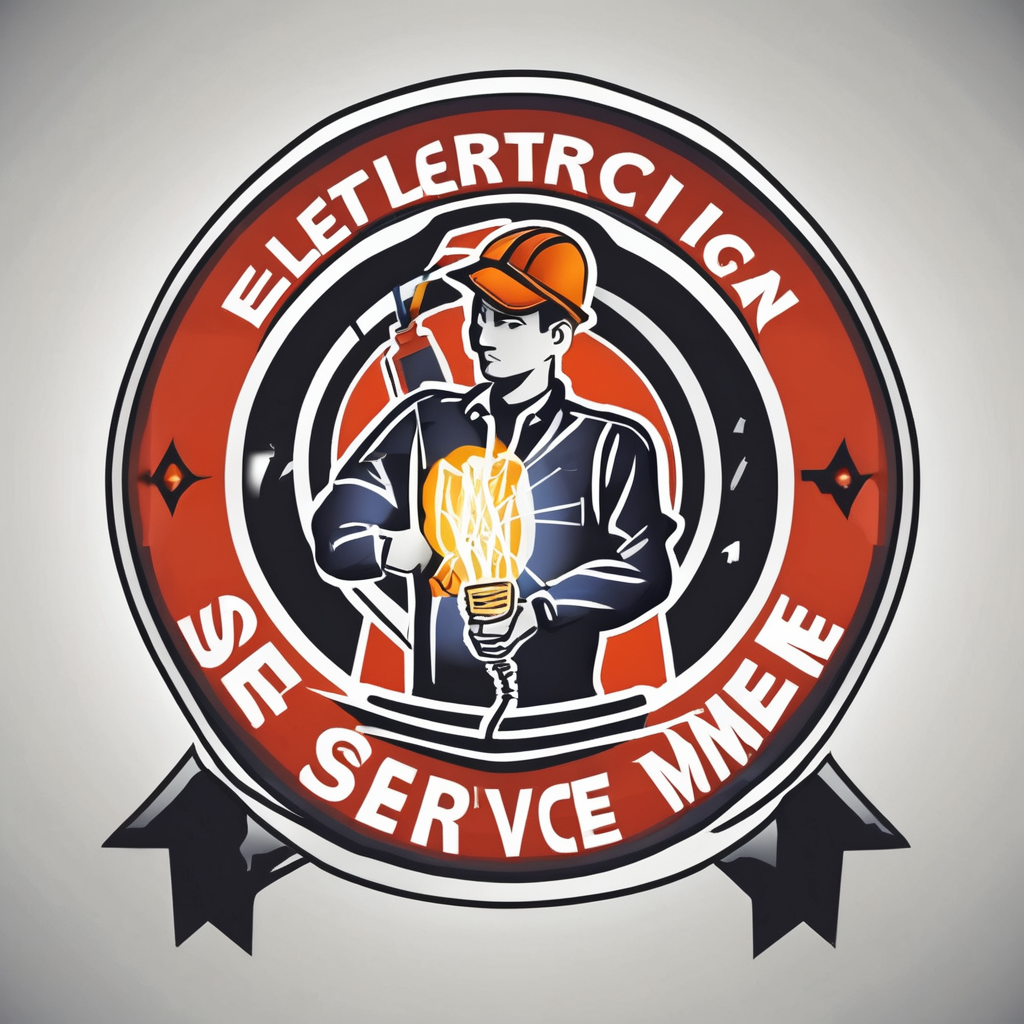With the need to reduce carbon emissions and create more sustainable living spaces, the focus on energy efficiency in homes is more relevant than ever. This becomes even more crucial when you are designing a study room in a Leeds townhouse. In this article, we will explore proven practices, innovative strategies, and state-of-the-art construction techniques to create energy-efficient homes in Leeds.
Incorporating LEED Principles in Your Project
The Leadership in Energy and Environmental Design (LEED) framework provides a comprehensive approach to creating energy-efficient buildings. Utilizing LEED principles in your study room design means you are prioritizing energy efficiency and sustainability from the outset of your project.
This might interest you : What is the optimal method for installing a vertical hydroponic system in a compact Belfast apartment?
LEED principles help to enhance the energy performance of buildings by focusing on sustainable site development, water savings, energy efficiency, materials selection, and indoor environmental quality. One of the key LEED principles is the use of energy-efficient appliances and HVAC systems, which can significantly reduce the carbon footprint of a house.
Another principle is incorporating sustainable materials in the construction and design of the study room. These materials not only reduce the environmental impact of the construction project, but also contribute to better indoor air quality, which is essential for creating a healthy and comfortable study environment.
Topic to read : Illuminate your home with stylish flat rooflights today
Utilizing Energy Data to Inform Your Design
Incorporating energy data into your design process is an innovative strategy that can lead to more energy-efficient buildings. This involves using data to make informed decisions about how to design and build your study room in a way that minimizes energy usage.
For instance, you might consider the orientation of the study room. Using data on sun exposure, you can design the study room to maximize natural light and heat, reducing the need for artificial lighting and heating. Similarly, data on air flow and ventilation can inform the design of windows and air conditioning systems, leading to improved energy efficiency.
Energy data can also guide the selection of energy-efficient appliances and lighting fixtures. By choosing products with lower energy consumption ratings, you can significantly reduce the energy usage of your study room.
Green Building Design and Construction Tactics
Green design and construction tactics are fundamental to creating energy-efficient study rooms. These tactics involve considering the environmental impact at every stage of the building process, from the selection of materials to the construction techniques used.
One green building tactic is using energy-efficient materials, such as insulated concrete forms or structural insulated panels. These materials provide superior insulation, reducing the need for artificial heating and cooling.
Another tactic is the use of renewable energy sources, such as solar panels or geothermal heat pumps. By generating your own energy, you can significantly reduce your reliance on fossil fuels and reduce your carbon emissions.
Ensuring Performance Through Sustainable Practices
Ensuring the long-term performance of your study room through sustainable practices is vital for maintaining its energy efficiency. This includes regular maintenance of HVAC systems, updating appliances as needed, and conducting energy audits to identify areas where energy usage can be reduced.
Sustainable practices also involve adopting green habits, such as turning off lights when not in use, using natural light whenever possible, and keeping windows and doors sealed to prevent heat loss.
The Role of Citu in Creating Energy-Efficient Homes in Leeds
Citu is a pioneer in creating energy-efficient homes in Leeds. With a strong focus on sustainable construction and design, Citu has a track record of delivering homes that are not only energy-efficient but also comfortable and stylish.
Citu uses a unique approach to construction known as ‘passivhaus’ – a design process which focuses on creating homes that require minimal energy for heating and cooling. This involves meticulous attention to detail, from the orientation of the building to maximise sunlight, to the use of air-tight insulation to prevent heat loss.
Moreover, Citu takes a holistic approach to energy efficiency, considering not only the house itself but also the surrounding community. This includes initiatives such as planting trees to absorb carbon dioxide and creating pedestrian-friendly neighbourhoods to reduce reliance on cars.
In conclusion, designing an energy-efficient study room in a Leeds townhouse involves more than just choosing energy-saving appliances or installing insulation. It’s about adopting a sustainable mindset, incorporating energy data into your design process, and utilizing green building tactics. With the help of companies like Citu, it’s possible to create a study room – and indeed, a home – that is not only energy-efficient, but also comfortable, healthy and sustainable.
Passive House Design for Energy Efficiency and Comfort
Passive house design, also known as ‘Passivhaus’, is an innovative design construction approach that aims to minimise the need for artificial heating and cooling in a building. This kind of design is crucial when planning an energy-efficient study room in a Leeds townhouse.
A passive house design focuses on five key elements: super insulation, airtightness, high-performance windows, heat recovery ventilation, and solar gain management. Each of these elements contributes to minimising energy usage, improving air quality, and maintaining a comfortable indoor temperature.
Super insulation involves the use of highly insulated building components, reducing the amount of heat loss in the winter and heat gain in the summer. This is achieved by using materials such as structural insulated panels or insulated concrete forms.
Airtightness is another critical aspect of passive house design. It involves creating a continuous seal around the building to prevent drafts and heat loss. This is typically achieved through meticulous construction practices and the use of airtight materials and systems.
High-performance windows are essential for balancing heat gain and loss. These windows are designed to let in sunlight for natural heating while minimizing heat loss through the glass.
A heat recovery ventilation system is used to maintain high air quality in the building. It works by expelling stale indoor air and replacing it with fresh outdoor air, all while recovering the heat from the outgoing air and transferring it to the incoming air.
Lastly, managing solar gain is crucial for controlling the internal temperature of the building. This involves designing the building’s orientation and window placement to maximise sunlight in the winter and minimise it in the summer.
Citu’s Vision: Building Future Homes with Low Carbon Footprint
Citu, under the leadership of Miles Shenton, has been a significant player in building energy-efficient homes in Leeds. They have refined their approach to incorporate principles of passive house design, as well as LEED certification guidelines, into their projects. Their commitment to sustainability goes beyond the building itself, extending to the surrounding community and beyond.
Citu’s commitment to green building extends to the use of low carbon construction materials and techniques. They prioritise materials that are sustainably sourced, have a low carbon footprint, and are durable and long-lasting. This helps reduce the environmental impact of the construction process, contributing to Leeds sustainability goals.
Citu’s vision is not just about energy-efficient buildings, it’s about creating vibrant, sustainable communities. They have planted hundreds of trees to absorb carbon dioxide, established pedestrian-friendly neighbourhoods to minimise the reliance on cars, and are continually exploring innovative solutions for sustainable living.
To ensure long-term energy performance, Citu conducts regular energy audits and makes improvements as needed. They also provide homeowners with guidance on maintaining their home’s energy efficiency and adopting sustainable practices.
In conclusion, designing an energy-efficient study room in a Leeds townhouse encompasses a holistic approach that combines innovative design construction, incorporation of energy data, and sustainable practices. Companies like Citu are driving this change, demonstrating that it is possible to create homes that are not only energy-efficient but also contribute to a sustainable future. Leeds stands as a shining example of what is possible when sustainability and energy efficiency are prioritised in home design and construction.






